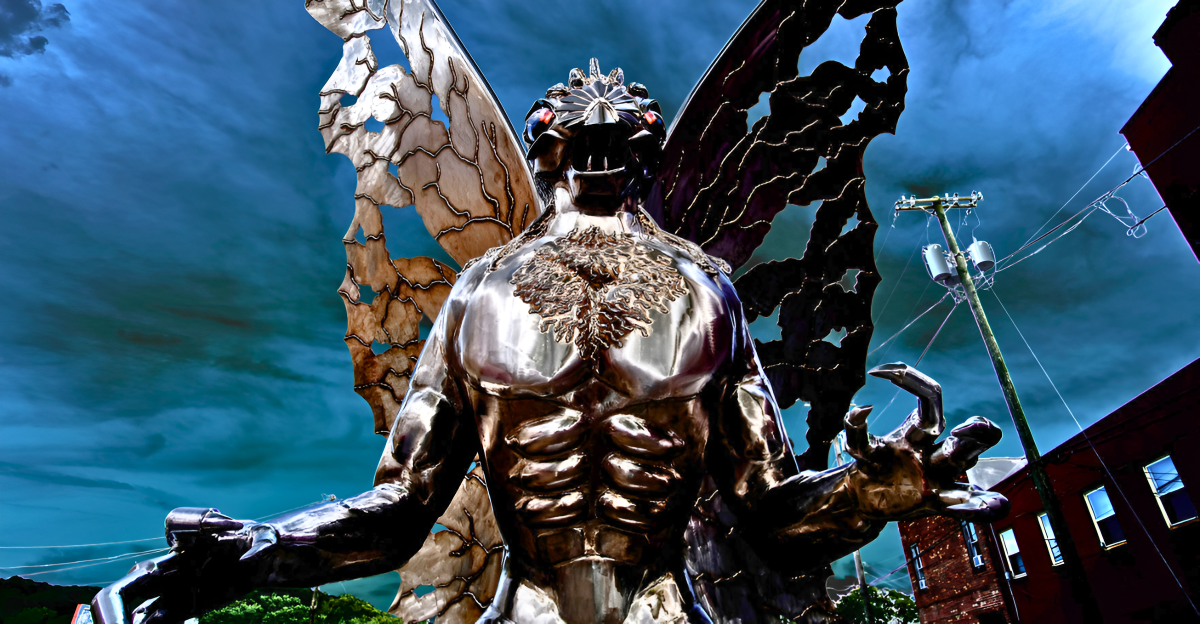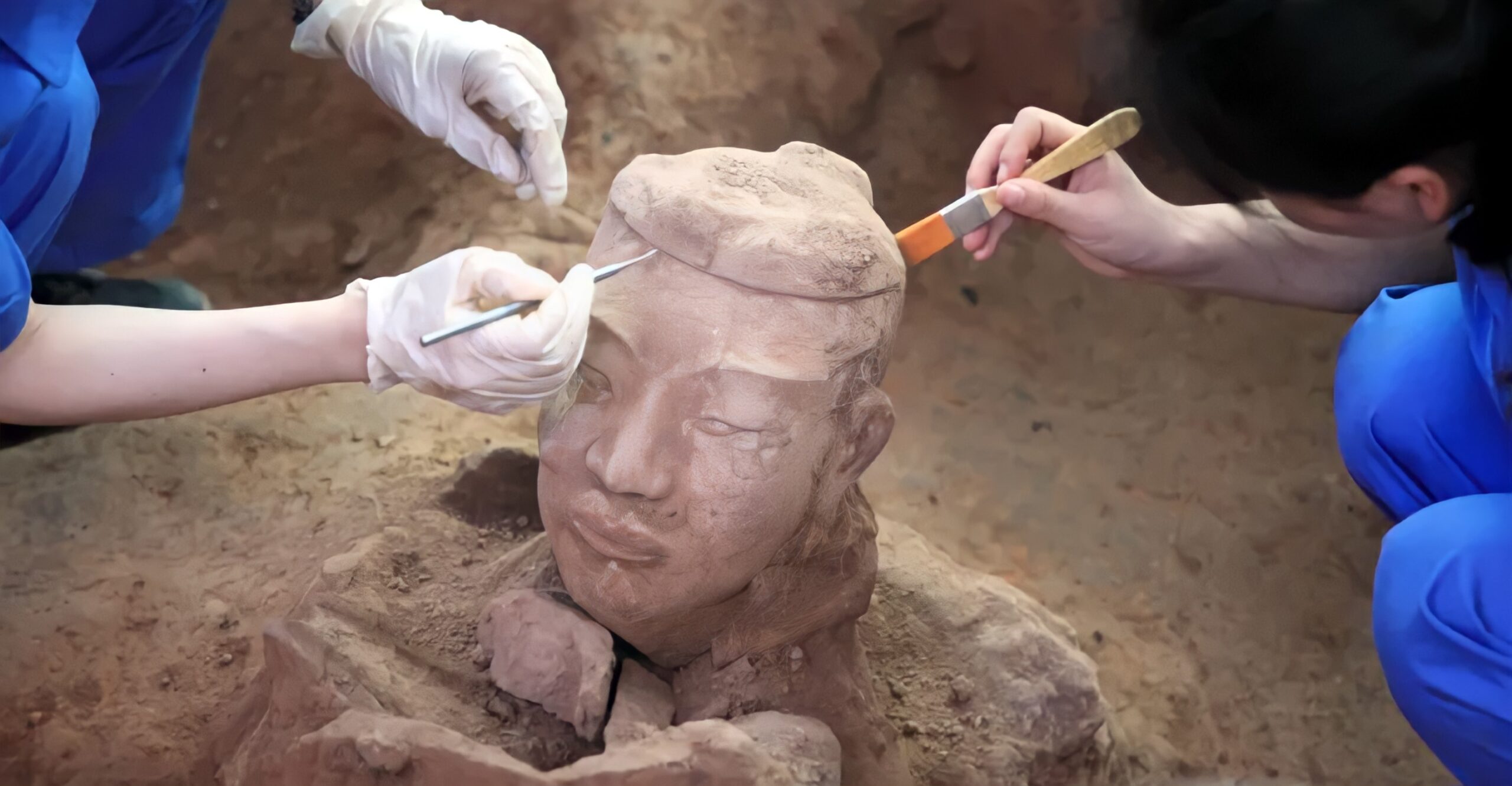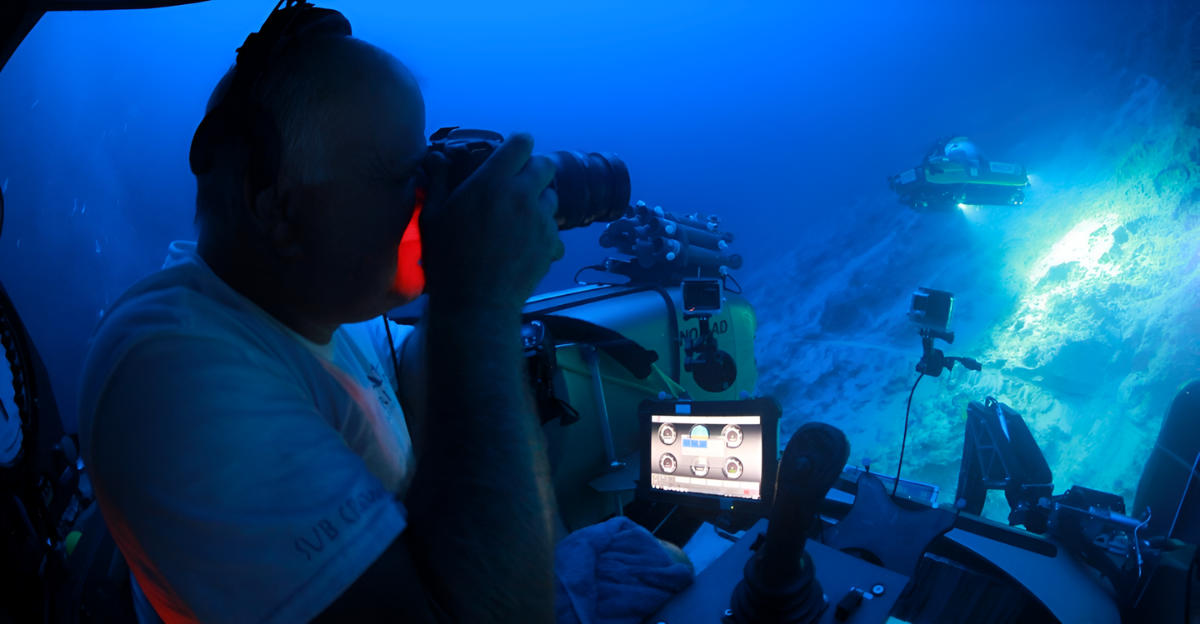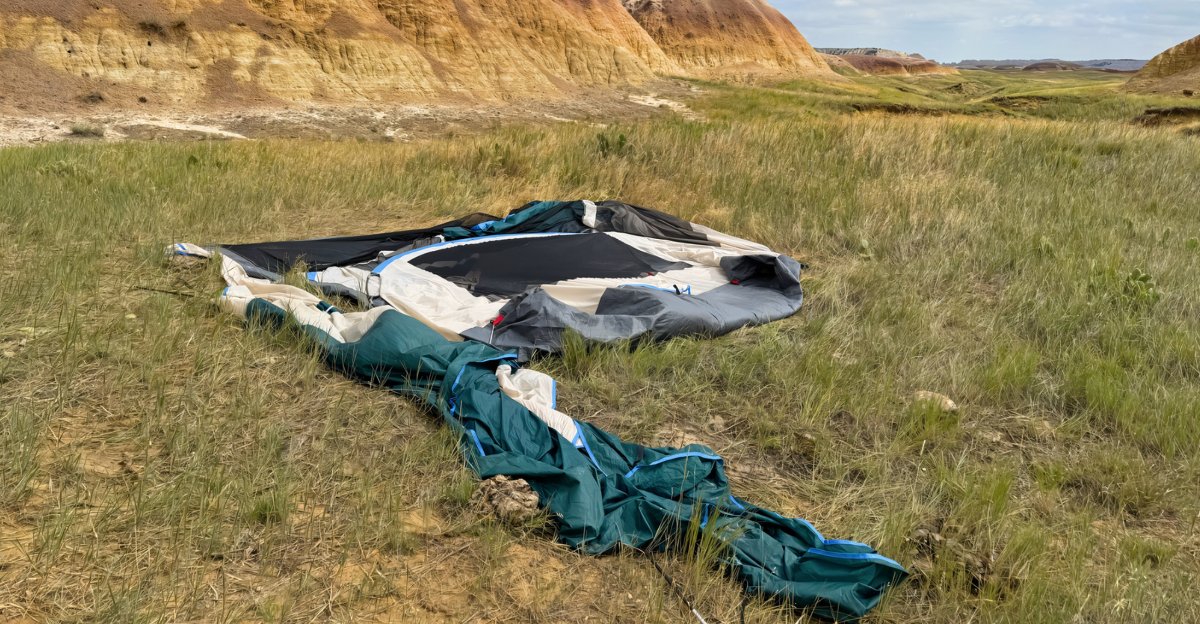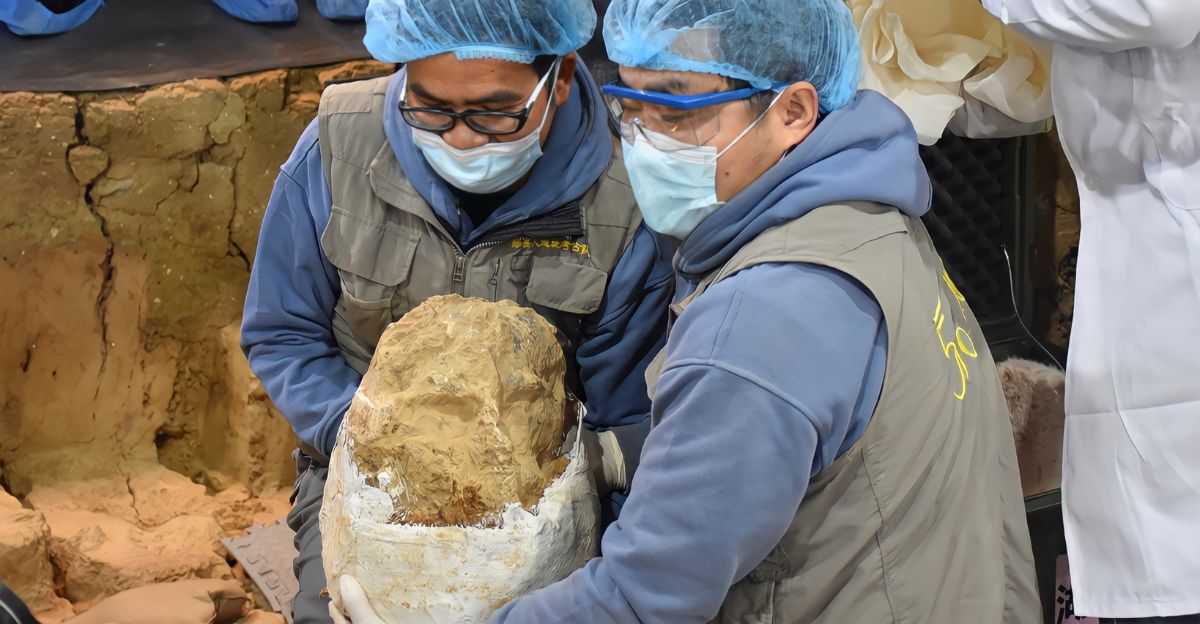
Paleoanthropologists worldwide have been left with something strange on their hands—a 300,000-year-old skull found in China that refuses to play by the rules.
It’s not just any ordinary ancient fossil; it’s a puzzle piece that doesn’t seem to fit at all, a relic that tells stories of our origin but hides its true identity. Scientists are stumped, and the internet is buzzing with theories.
What if everything we thought we knew about the history of humankind, of human evolution, was about to be upended? The mystery seems to only get more complex, and the implications for our understanding of human history have never been more profound.
Why the World Is Watching
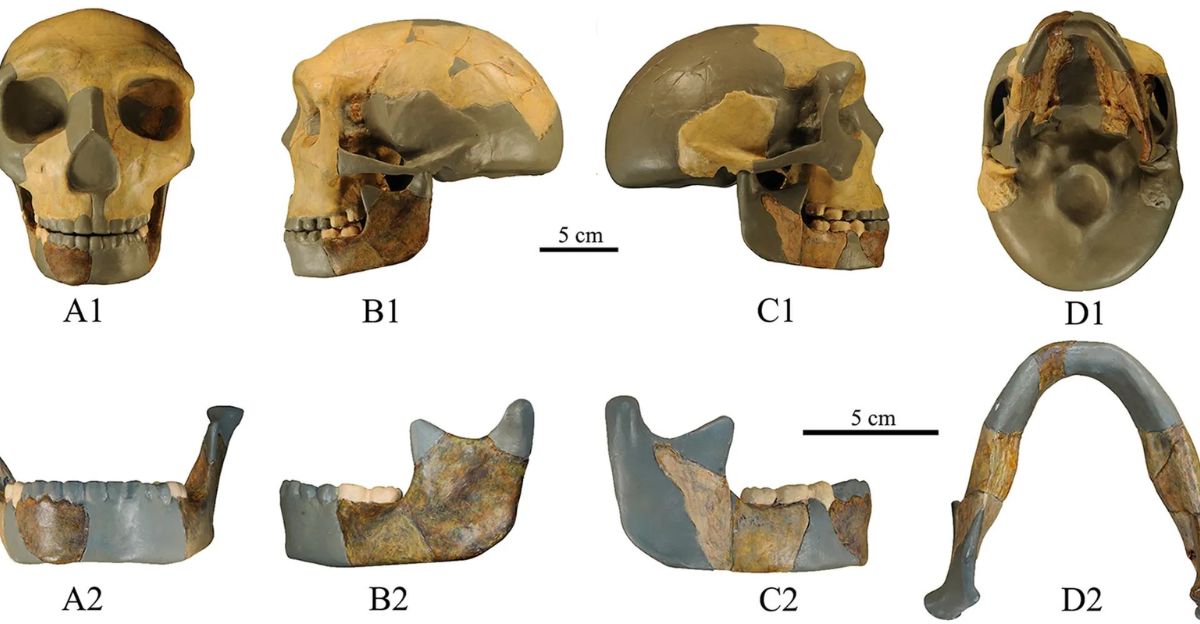
This isn’t just local folklore; it’s a global event unfolding and evolving in real-time. The latest conclusions made about the 300,000-year-old skull, originally found in the late 1950s, are shaking the foundations of anthropology, genetics, and evolutionary biology.
Scientists worldwide are rushing to analyze the find, as science forums, Reddit threads, and TikTok explainers debate its meaning. Does this mean there’s a missing link in our collective history? Is our family tree far more complex than we imagined?
The skull has twice forced scientists to reconsider our lineage and what it means to be human, reminding us that evolution is never as simple as we think.
The Emotional Shockwave
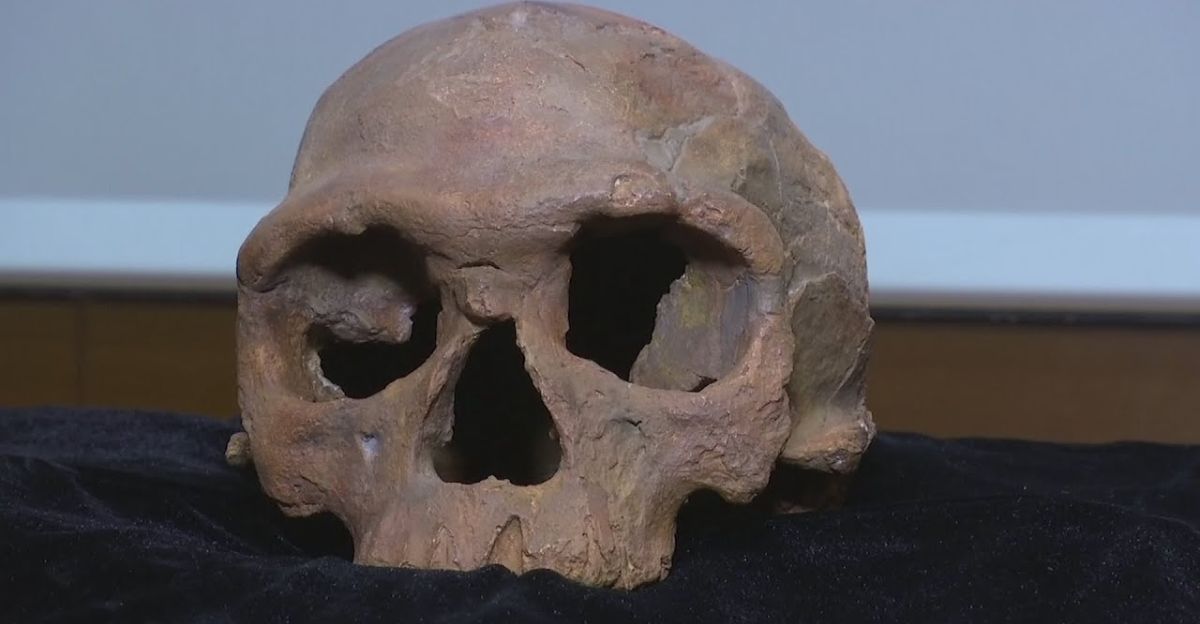
The emotional impact is palpable. The discovery is understandably both exhilarating and humbling for scientists; but for the public, it’s a mix of awe and confusion.
Social media platforms have erupted with memes and outraged debates, and YouTube channels analyze the skull’s features for millions of expectant viewers. There is fascination with the possibility that we may not be alone in our evolutionary journey, but also disquiet.
If a skull this old can rewrite our story, what else have we missed? More than a scientific anomaly; this skull reflects our own biggest questions about identity and belonging.
Why Look Again Now?
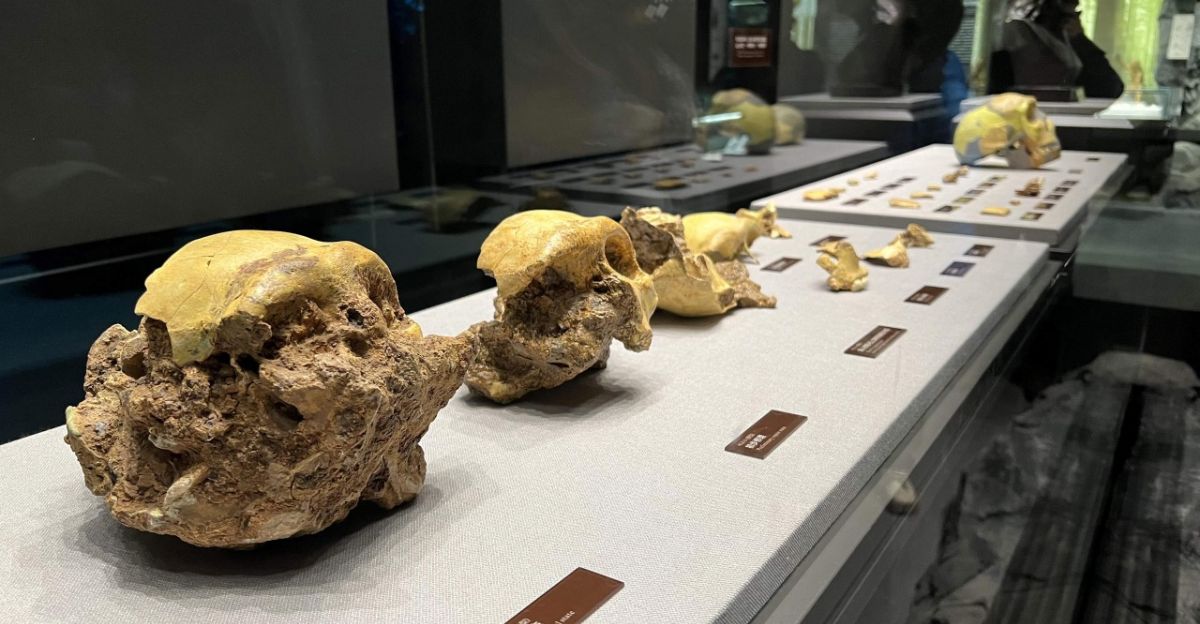
So why did researchers go back to this decades-old fossil? The simple answer is that technology has transformed the field.
Micro-CT scans now allow scientists to peer inside ancient bones without damaging them, revealing a wealth of information previously unimaginable. Therefore, Maba 1 skull, as it is known, which previously fell into the “Chinese Neanderthal” category, was ready for a second look.
So, new eyes and new tools were tasked with clearing up lingering uncertainties—and instead, they stumbled upon a discovery that merely added to the mystery.
A Skull with No Family
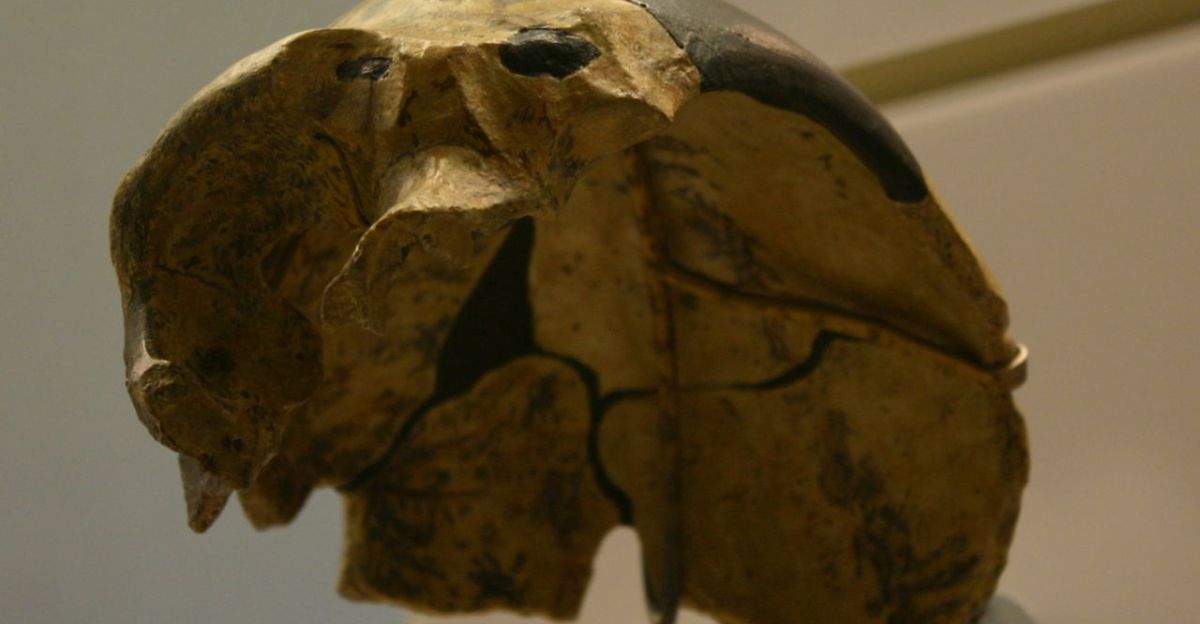
Ultimately, after exhaustive analysis, researchers concluded that the Maba 1 skull does not belong to any known hominin category. Its features are something of a mosaic.
With features resembling Homo erectus, Neanderthal characteristics, and some hint at modern humans. For example, the study found that the skull’s general morphology was closer to H. erectus than Homo neanderthalensis and Homo sapiens. Yet the combination is unique.
Internal structures, from frontal lobe morphology to the pattern of vascular channels, defy current classifications. Therefore, the researchers were forced to admit that “Maba 1 cannot be allocated to any hominin group known at this time,” leaving the field usefully baffled.
How Did Scientists Come to This Conclusion?
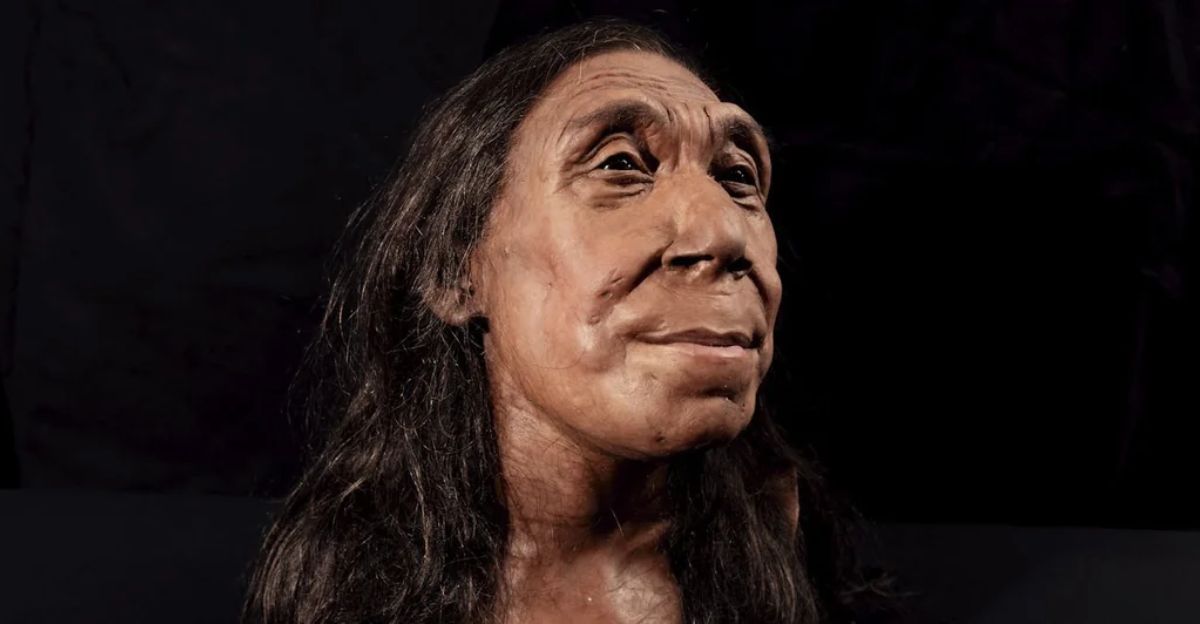
To come to this mind-boggling conclusion, scientists reconstructed the skull using high-resolution micro-CT imaging, mapping its sinuses, cranial thickness, and braincase. Then they compared these features to a wide range of fossils—Neanderthals, H. erectus, Denisovans, and early H. sapiens.
While some features fell in with Neanderthals, others were radically different. While the cranial vault resembled H. erectus more, the frontal lobe was too short to be classified accordingly.
Even advanced statistical comparisons couldn’t place Maba 1 squarely in any category. The evidence thus far has only revealed one thing: the skull belongs to a true evolutionary outlier.
The Human Story Behind the Bones
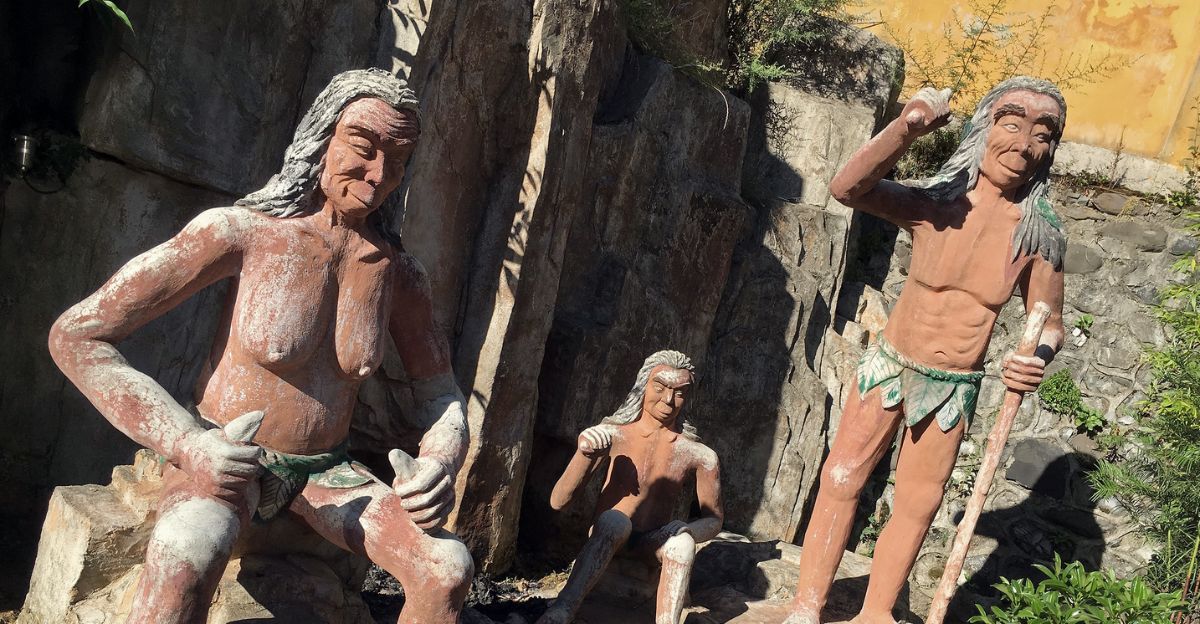
Maba 1’s story began back in 1958, when farmers digging for fertilizer in Guangdong Province unearthed fossilized bone fragments. Early researchers, working with limited tools, labeled it a “Chinese Neanderthal.”
But as the decades passed and technology improved, each new analysis chipped away at that classification. The skull’s blend of archaic and modern features challenged the notion of a simple, linear human evolution.
Instead, it suggested a world where multiple human-like groups coexisted, interacted, and perhaps even interbred—complicating our family tree in ways we’re only beginning to grasp.
Rethinking Human Evolution
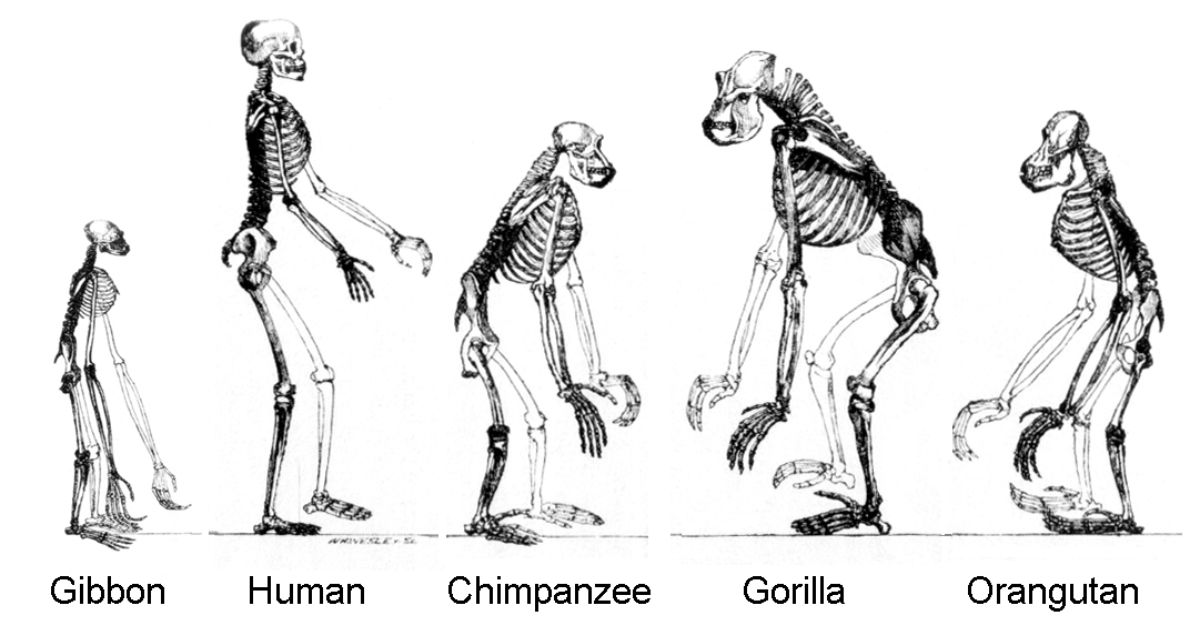
The repercussions are profound. If Maba 1 doesn’t fit into any known species, what does that say about the story of human evolution in Asia? For decades, the continent was written off as an evolutionary “backwater,” yet discoveries such as this are rewriting the script.
The Middle Pleistocene era, from roughly 781,000 to 126,000 years ago, was a time of unprecedented diversity, with populations interbreeding, moving, and adapting to radical climate change.
Maba 1’s existence hints at hidden branches in our evolutionary tree —lineages unseen and unheard of thus far that may have helped make us what we are today.
What’s Next? Questions Without Easy Answers
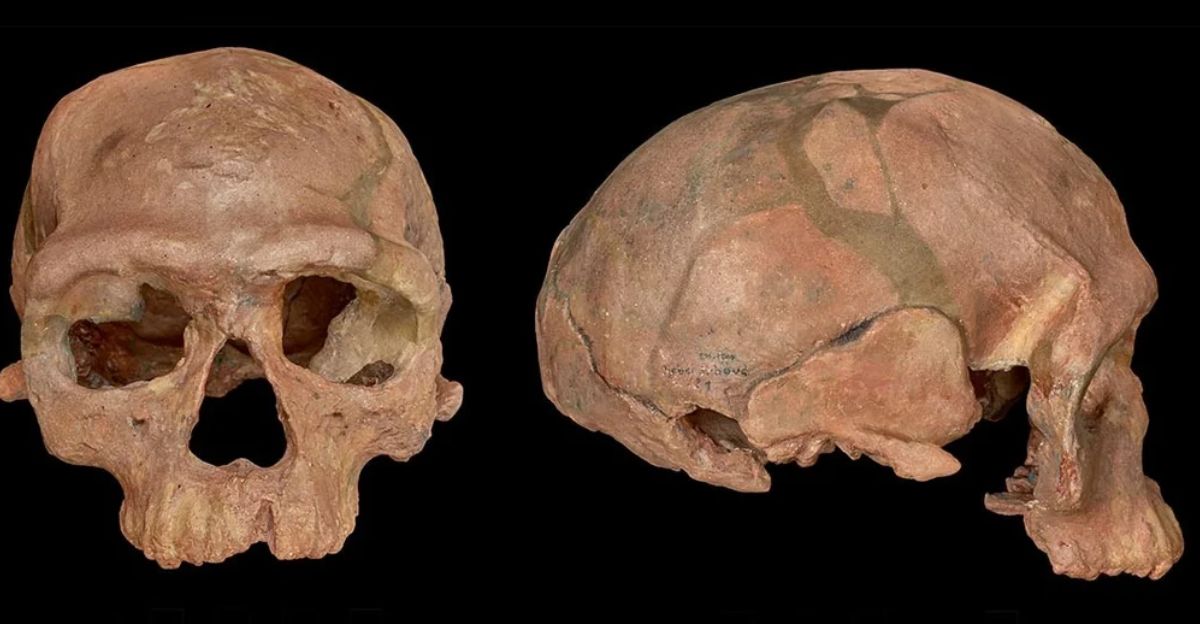
Unfortunately, the latest studies conducted on Mada 1 have left us with more questions than it has answers. Are there more Maba 1 fossils waiting in the ground to be unearthed? Are there entire chapters of human history missing from the fossil record?
Scientists are calling for more excavations, more scans, and more open-mindedness. The public, on the other hand, is left to wonder: if our past is this complex, what does it mean for our future?
The search for answers continues, and every new finding promises to challenge what we think we know about ourselves.
The Legacy of Maba 1—An Age of Curiosity Reborn
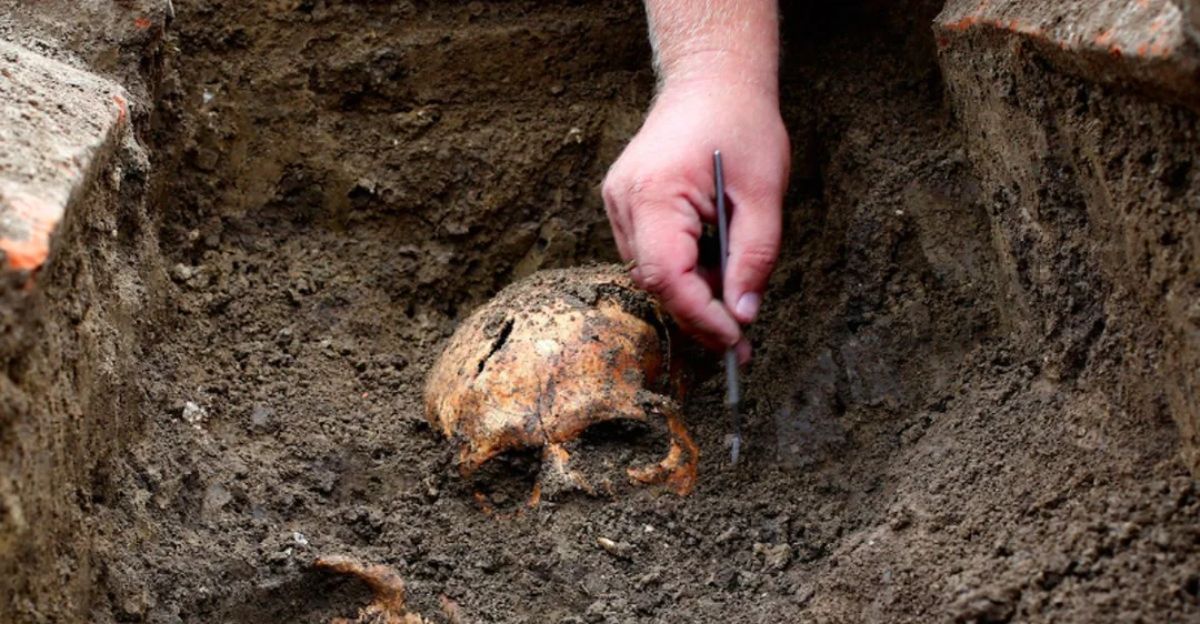
After more than five decades, the Maba 1 skull represents more than a mere scientific puzzle—it’s an open invitation to explore our collective history. It encourages us to embrace uncertainty, rethink outdated assumptions, and marvel at the strange, winding path of human evolution.
As the story circulates through newsfeeds and classrooms, it prompts a new generation to look closer, ask harder questions, and celebrate that sometimes the greatest finds are those that won’t fit squarely into any category.
The mystery endures, and with it, the potential for still more surprises down the line.

